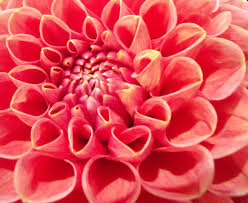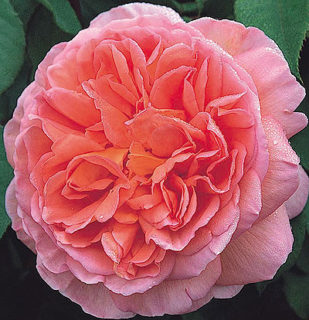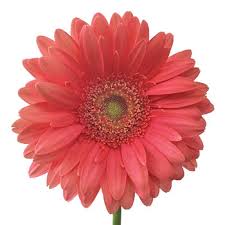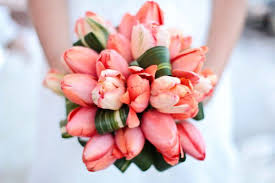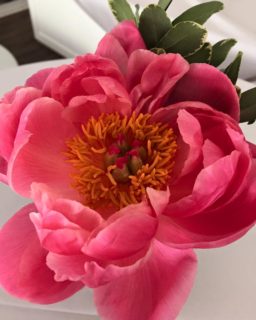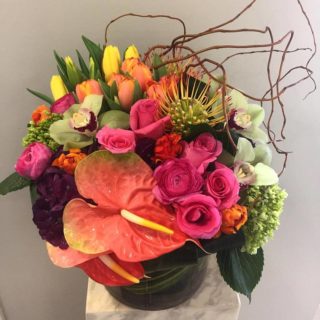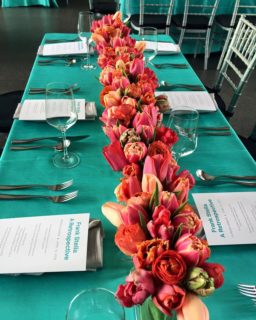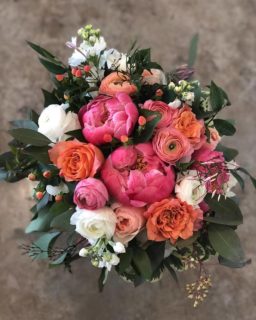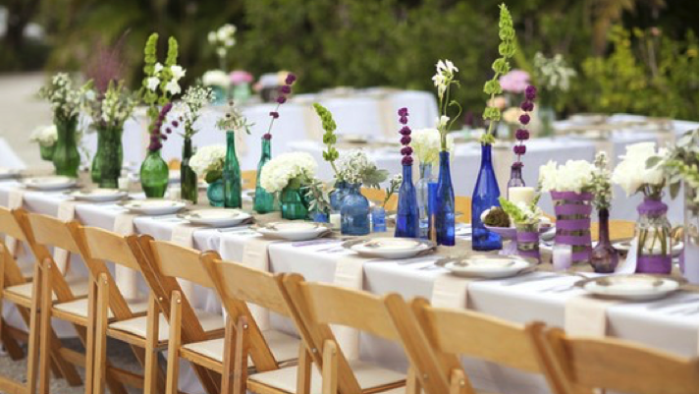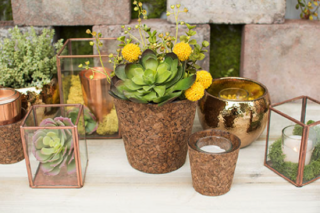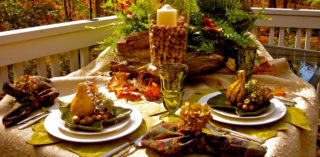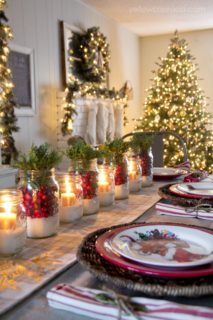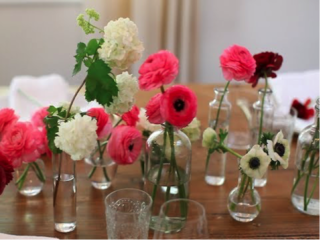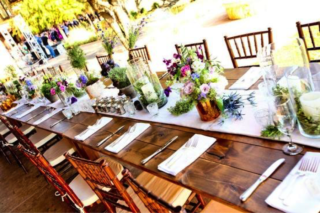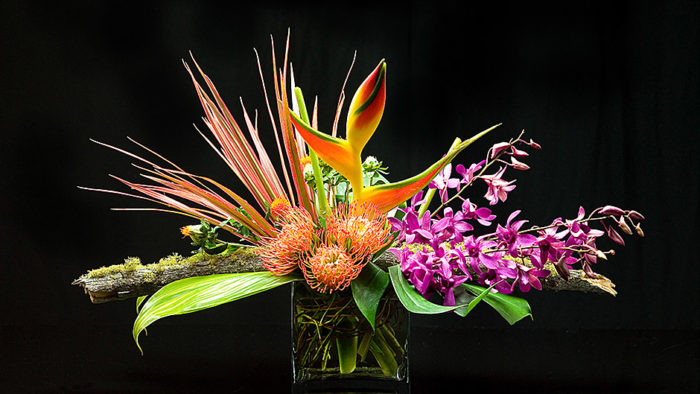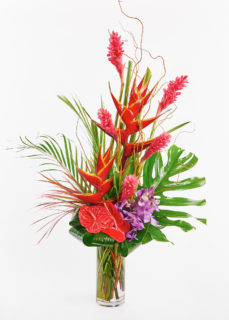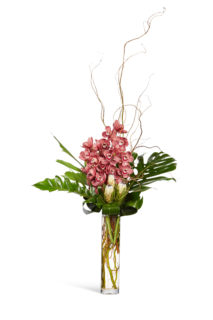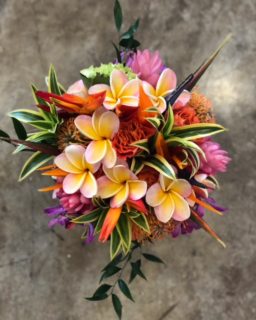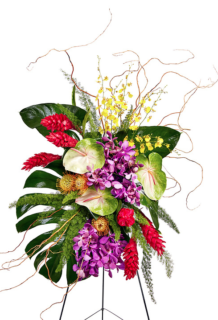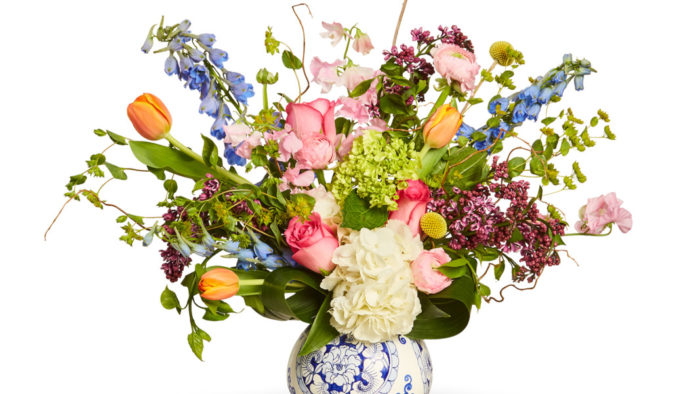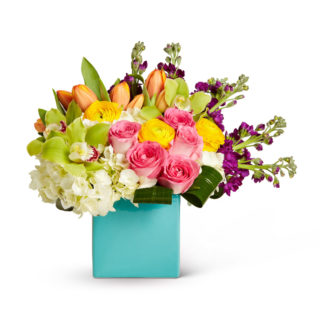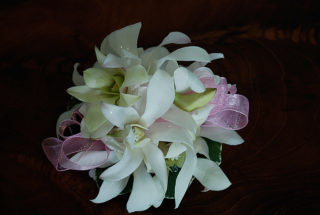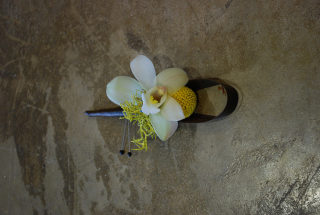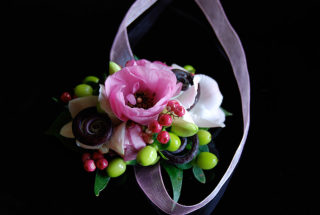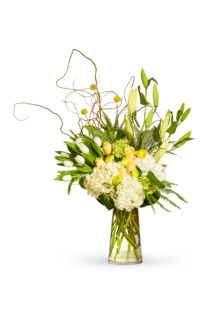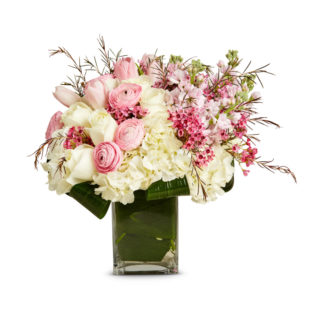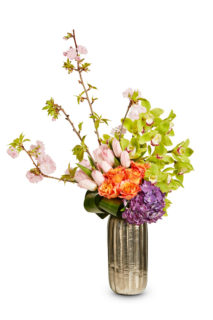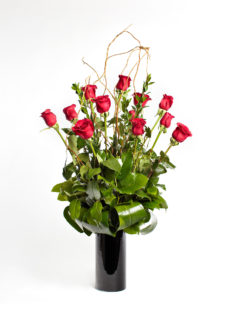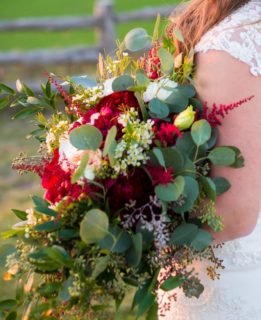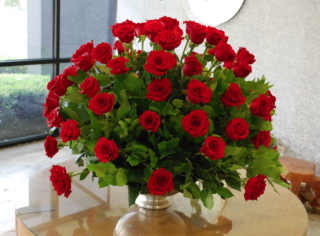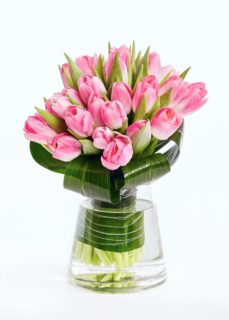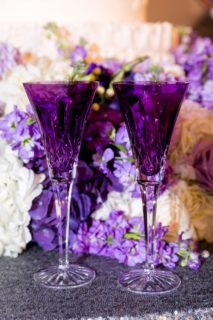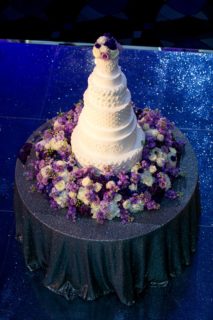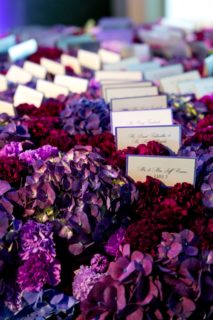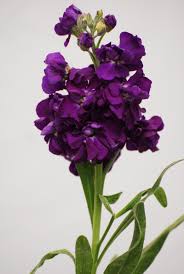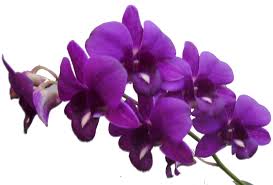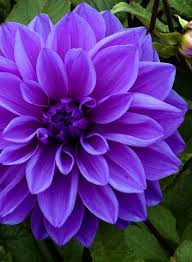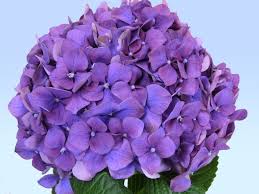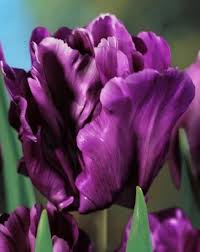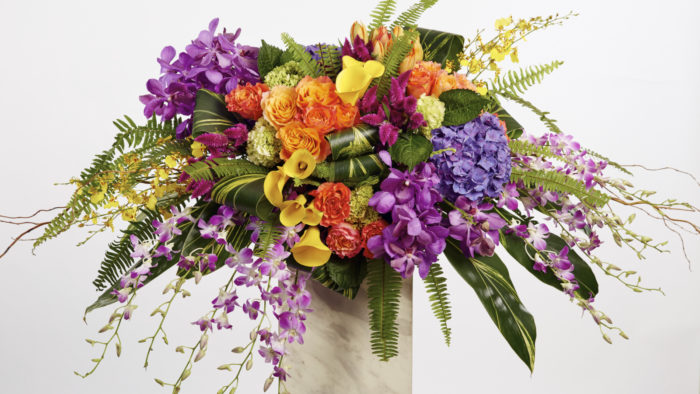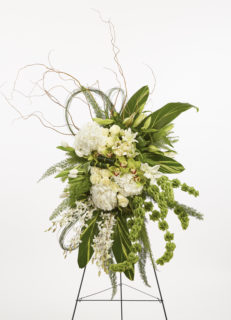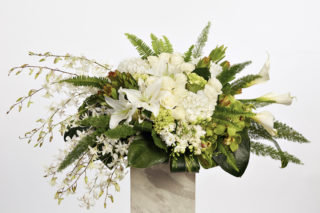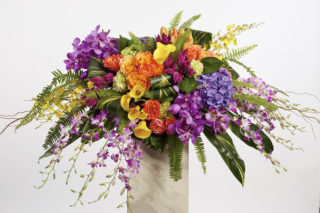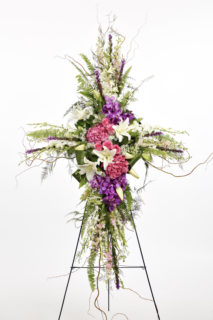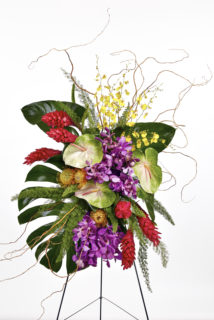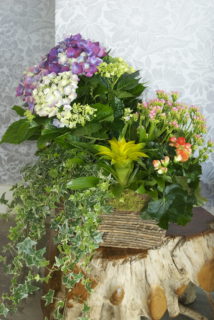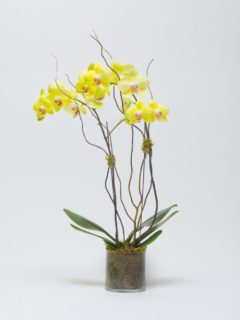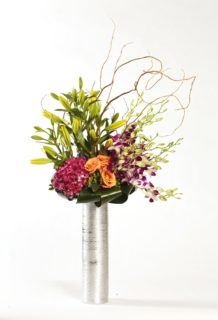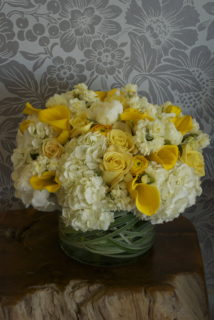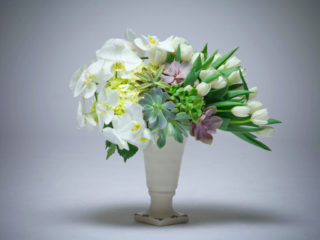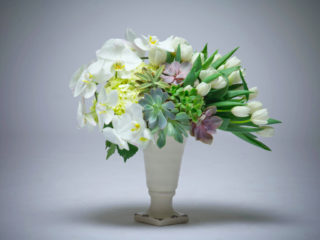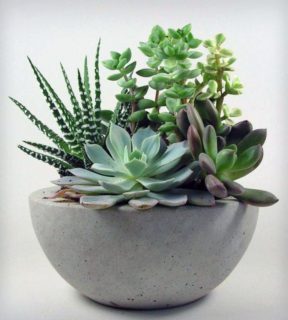This blog has nothing to do with flowers, but as a florist, we work day in and day out with brides, party and shower hostesses, and event planners who all rely on the ever-important (but often neglected) RSVP. Just consider this a public service announcement: RSVPs are important!
Everyone who has hosted an event can relate. The non-RSVPers wonder, “what’s the big deal?” You know who you are. Let’s focus on why it is a big deal to RSVP when it is requested. This applies to weddings, showers, parties, and any event where RSVP appears on the invitation. It isn’t simply a matter of etiquette, or an antiquated concept; it has very practical implications.
In our business, we hear stories of frustration over getting a reliable head count. Brides and their parents are working with a budget. If they serve a meal, they have to give a count to the caterer. They have to tell the venue how many tables and chairs are needed. The list can go on to include china, glassware, linens, centerpieces and a multitude of rented items. Likewise, party hostesses are purchasing food, beverages, and party favors, and planning things like seating and activities with no idea how many will attend. In some cases, a host makes lodging and transportation arrangements for potential guests from out of town. As you can imagine, it is difficult to successfully plan without a commitment from the guests.
Fear of Commitment?
I’ve asked myself why people seem to disregard an RSVP request. Is it a generational thing? Is it reluctance to commit? Too much trouble? I can’t really blame this one on the Millennials. No one seems immune. It isn’t a time-consuming task. In most cases, hosts make it pretty easy to RSVP. In the case of less formal invitations, like E-vites and Facebook events, it is as simple as the click of a mouse. Printed invitations almost always include a response card, as well as a stamped and addressed envelope for mailing. Short of making personal phone calls and text inquiries (and I know some who have had to resort to this), what does a host have to do?
That leaves the commitment excuse. “I’m just not sure what I will be doing three weeks from Saturday, so I just won’t commit. If it turns out I’m free, I’ll make an appearance. If not, they won’t be expecting me.” Make no mistake, an RSVP is a commitment. Anyone who has planned a wedding knows the angst of creating a guest list. Tough decisions are made. Distant cousins twice-removed are crossed off, while Uncle Jim and his plus-one make the cut. If you were so fortunate as to make the cut, Répondez s’il vous plaît (RSVP). Make the commitment, take the plunge, show up. Put it on your calendar and protect that date.
Regrets
If you have a conflict, decline promptly, or send your regrets. You aren’t required to give an explanation, but you might offer a brief note expressing gratitude for the invitation and indicating the reason you are unable to attend. E-vite and Facebook invitations allow you to straddle the fence with a “Maybe” response option. Whenever possible, however, make a decision and let the host know. You just might open up a spot for one of those distant cousins who is dying to attend.
Respect the Guest List
I am dating myself with this bit, but “back in the day” when I got married, the ceremony was in the church sanctuary followed by a reception in the church’s fellowship hall. Yes, we requested RSVPs on the invitations, but it was just to have a ballpark estimate of how many to expect. How many did my cake need to serve? How many cups of punch would we need? It didn’t really matter if someone brought an extra guest or two along.
Today’s weddings are a little (a lot) more complex, from venues to menus. For reasons previously mentioned, it is imperative to have an accurate count of guests. Apart from the price tag attached to each guest, the bride and groom have chosen the friends and family they want with them on their special day. Respect that. The names on the invitation envelope are the parties invited. Period. If your name is the only one that appears, you are going solo.
A Few “Don’ts” and a “Do”
For some this may seem like common sense; for others, it may as well be Greek. So, it bears pointing out. Don’t assume they are fine with you bringing your children along. If your invited spouse or date can’t make it, don’t feel free to substitute another guest. Don’t put them on the spot and ask if you can bring your sister who happens to be in town that day, or worse yet, just bring your sister without asking. There will be no place card at the table with her name on it. Awkward! Perhaps your invitation will be addressed to you “and guest.” In that case, by all means, bring a date or a friend. The host has graciously allowed you a plus-one.
Who Should RSVP?
Everyone. Even if you are part of the wedding party, you need to RSVP. If you verbally told the host over lunch two weeks ago that you planned to attend, you still need to RSVP. Never assume the host knows you plan to attend.
You don’t have to read up on your Emily Post Rules of Etiquette, or seek the advice of Dear Abby or Miss Manners. You don’t need fancy words, or creative writing skills. It’s as simple as “yes” or “no,” “accept” or “decline.” Check a box or click on the screen. At the end of the day, it’s really a matter of showing respect and courtesy to the host/hostess, who was kind enough to invite you to join in their celebration.





